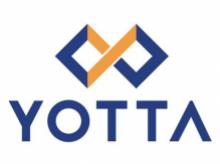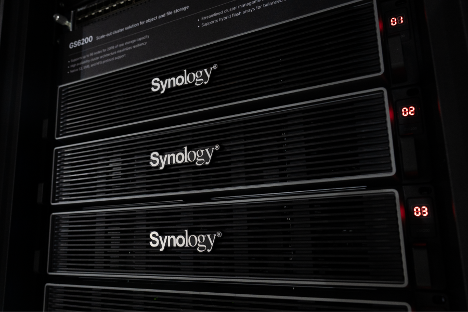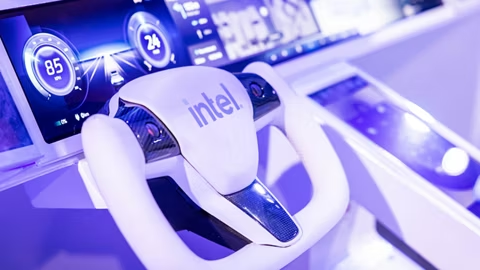Intel Accelerates Software-Defined Innovation with Whole-Vehicle Approach
Intel, at CES 2025, unveiled an expanded
product portfolio and new partnerships designed to accelerate automakers'
transitions to electric and software-defined vehicles (SDVs). Intel now offers
a whole-vehicle platform, including high-performance compute, discrete
graphics, artificial intelligence (AI), power management and zonal controller
solutions alongside the Intel Automotive Virtual Development Environment (VDE)
co-developed with Amazon Web Services (AWS). Intel's approach addresses
automakers' cost and performance scalability challenges, enabling faster, more
efficient and more profitable SDV development and deployment.
"Intel automotive is bringing innovative solutions that
reduce cost in the SDV revolution. Our whole-vehicle approach, combined with
cloud integration, delivers a complete solution that drives down total cost of
development and deployment while empowering automakers to build the future of
mobility faster, more efficiently and more profitably," said Jack Weast,
Intel Fellow, vice president and general manager of Intel Automotive.
Intel's whole-vehicle platform reduces inefficiencies of
traditional fragmented approaches to vehicle architectures. By optimizing the
entire vehicle's electrical/electronic architecture, Intel drives significant
cost reductions and performance improvements.
Supporting this platform, Intel introduced the availability
of the Adaptive Control Unit (ACU), designed for electric vehicle (EV) power
trains and zonal controller applications.
The ACU U310 is a new kind of processing unit that supports
the consolidation of multiple real-time, safety-critical and cybersecure
functions, applications and domains (X-in-1) into a single chip. Traditional
time and sequential processing-based micro and zonal controllers struggle to
handle multiple workloads due to limited deterministic processing capabilities.
In contrast, Intel's new family of ACU devices integrates a flexible logic area
that offloads real-time control algorithms from the CPU cores, ensuring
reliable performance, freedom from interference (FFI) and deterministic data
delivery even when consolidating multiple microcontroller workloads into a
single zonal MCU. This dual-brain approach enables greater workload
consolidation, lowers cost and enhances safety, cybersecurity and performance.
When used in an electric vehicle power train, the ACU U310
supports advanced algorithmic solutions that reduce vehicle energy demand from
the battery, automatically adapting high voltage and control frequencies to
individual driver styles and road conditions.
The ACU reduces cost per kilowatt and enhances energy
efficiency, allowing the vehicle to reclaim up to 40 percent of the power train
system energy losses, delivering a 3 percent to 5 percent efficiency boost
during the Worldwide Harmonized Light Vehicles Test Procedure (WLTP). This
translates to increased range, faster charging and a more responsive driving
experience, while significantly reducing per-vehicle bill of materials (BOM),
electric motor size and battery costs compared to traditional approaches.
Stellantis Motorsports selected Intel as a key technology
partner and is adopting the Adaptive Control technology into its
next-generation inverter control for enhanced performance and efficiency in
competitive racing environments. In this implementation, the Intel technology
will control the electric motor and recover energy during braking phases. The
inverter plays a crucial role during a Formula E race, where any gain in
efficiency is transformed into a precious competitive advantage.
Karma Automotive announced support for Intel's ACU,
showcasing an Intel co-branded inverter featuring Optimal Pulse Pattern control
algorithms to improve efficiency and enable four unique driving profiles,
including innovative features like Torque Ripple Reduction and Range Boost.
The ACU's programmability allows it to serve as a
first-of-its-kind software-defined zonal controller, adapting to different
vehicle topologies and applications. This flexibility streamlines the
transition to software-defined vehicles, simplifies supply chains and reduces
the complexity of the vehicle BOM.


































Leave A Comment